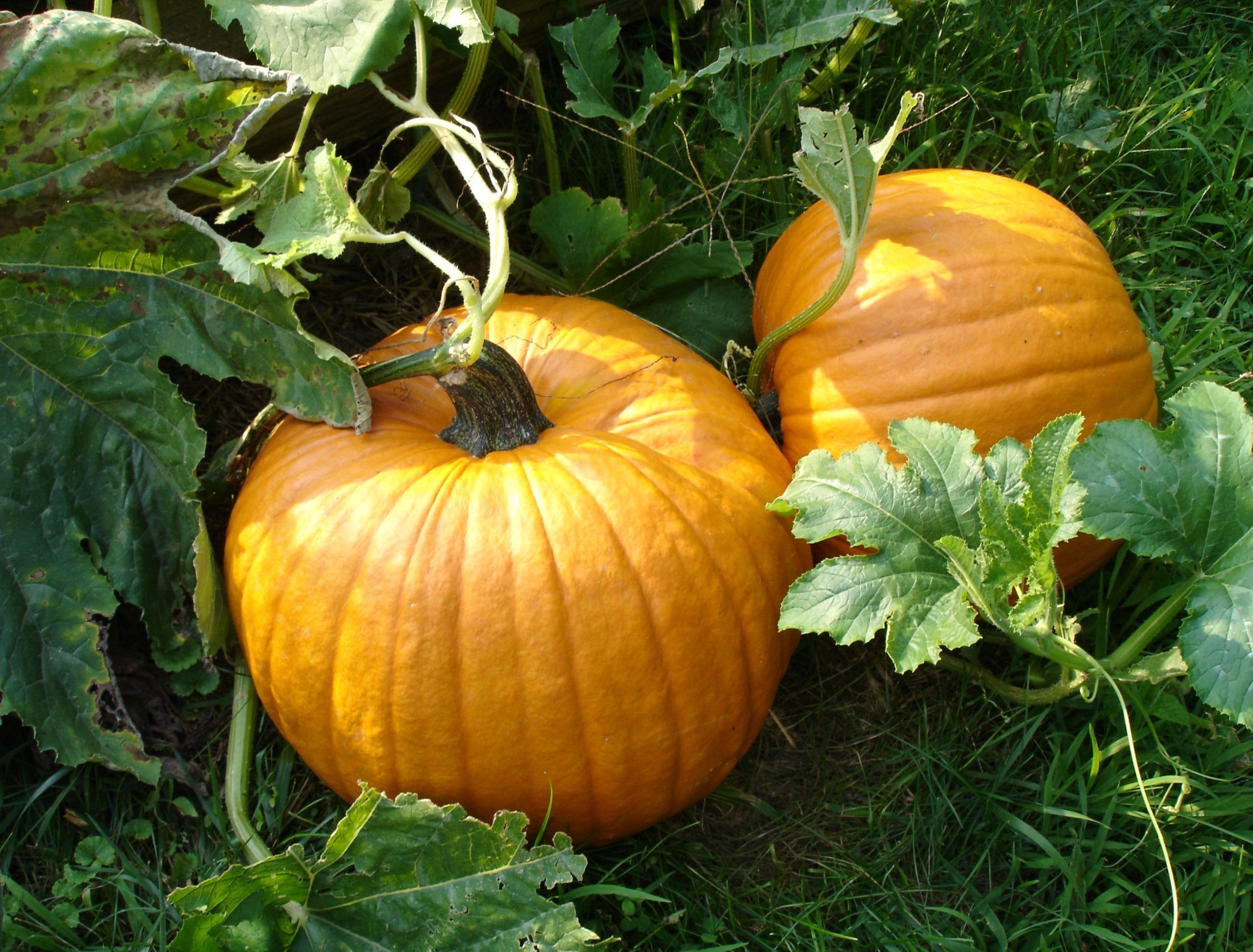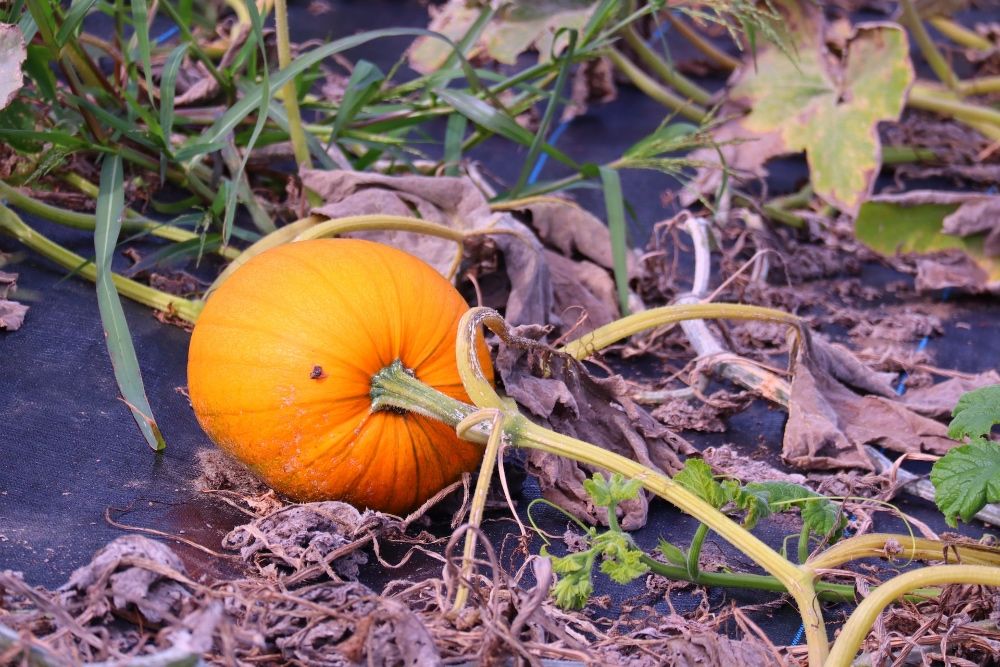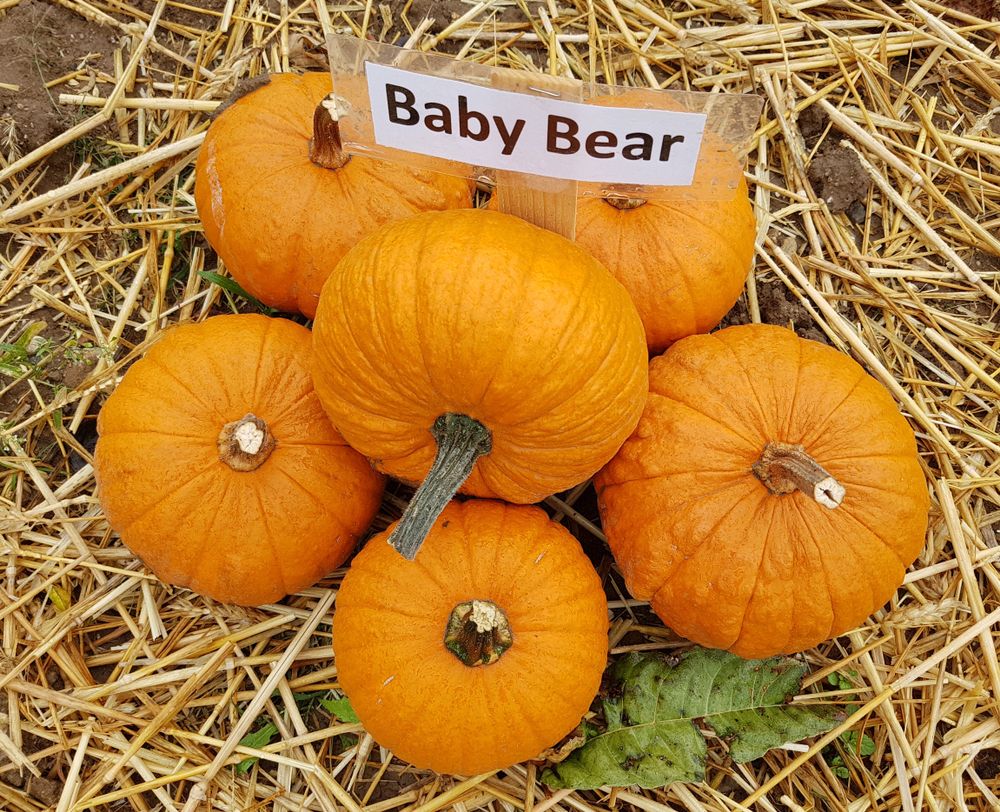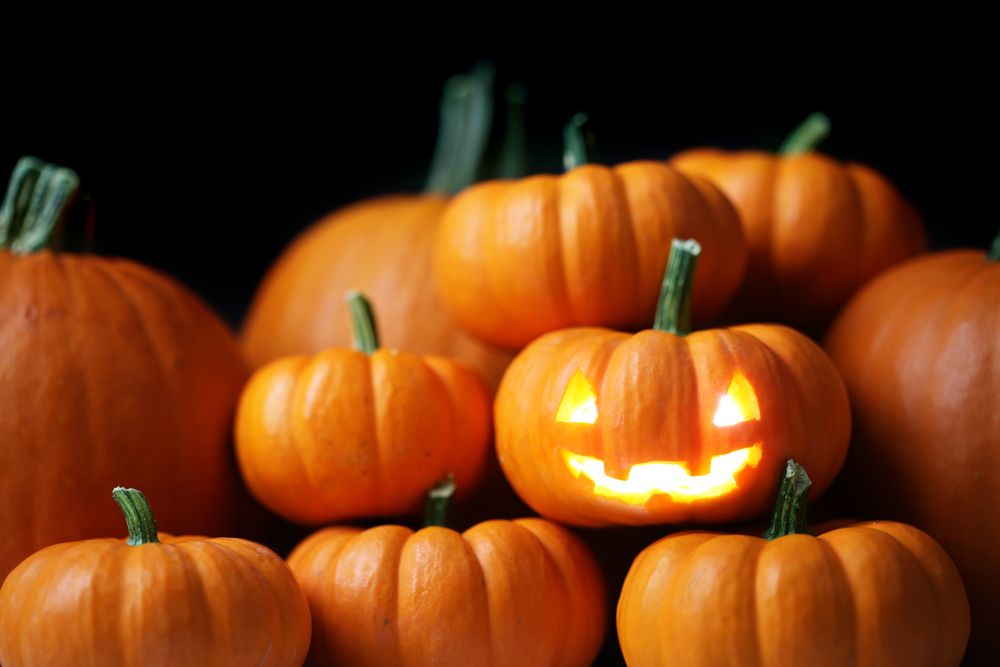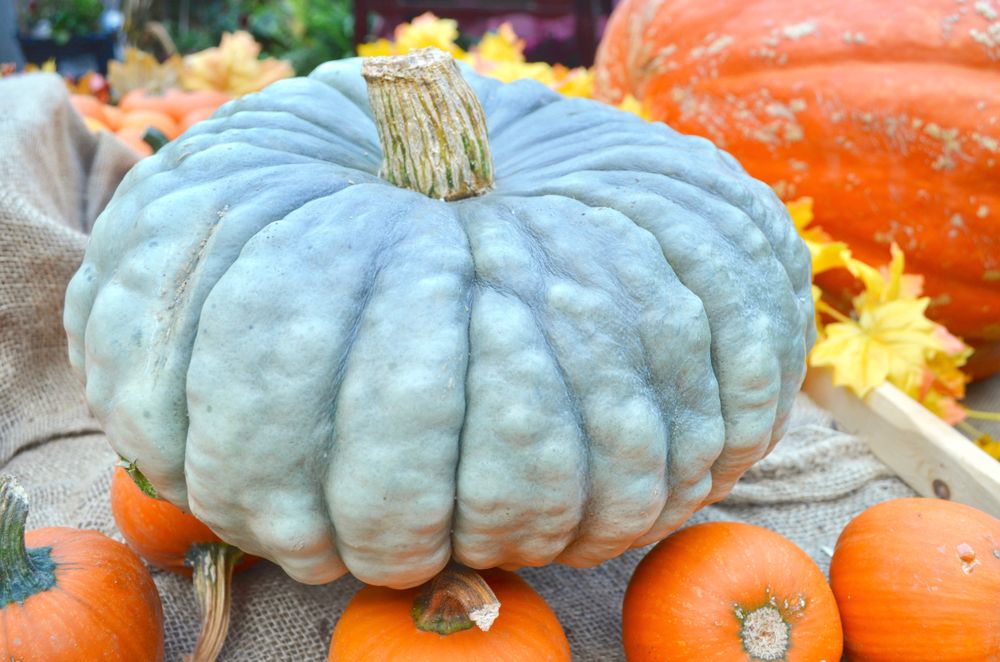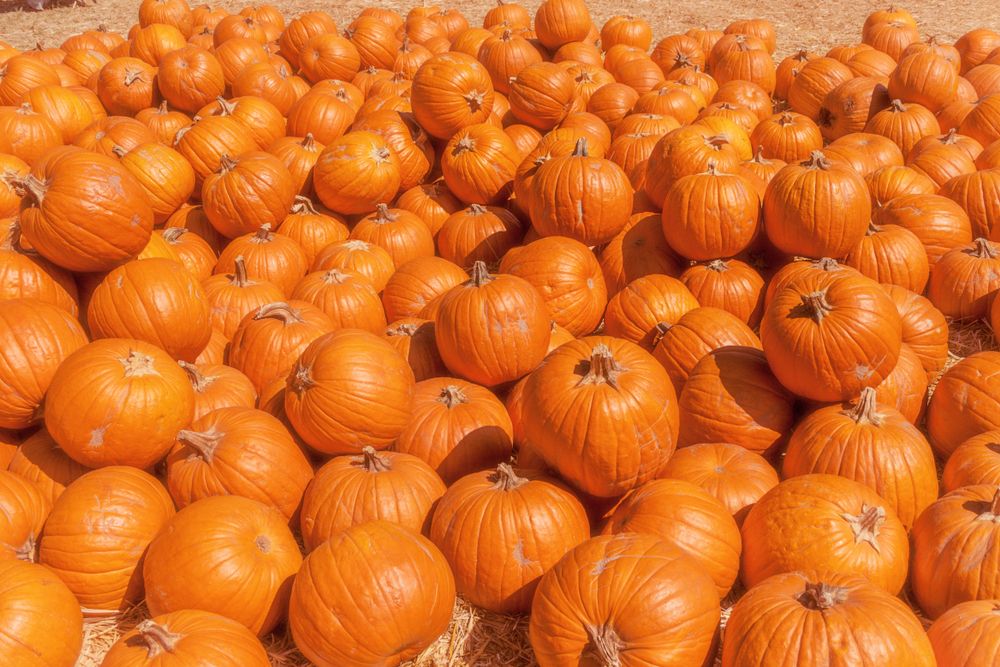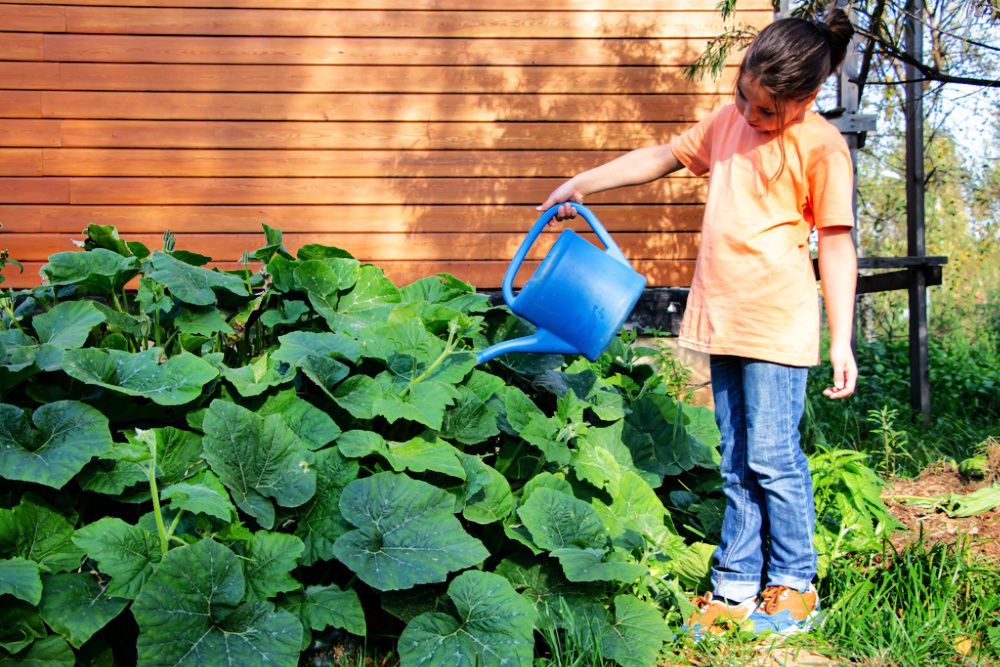Everyone loves pumpkins around Halloween time, but did you know that you can grow your own pumpkins right in your backyard? It's true! All you need is a few plants, some soil, and a little bit of water. But one question always arises when growing pumpkins: how many pumpkins per plant should you expect? Here is everything you need to know about pumpkin planting so you can get the perfect crop this year!
How Many Pumpkins Per Plant?
Image credit Sierra Keat via Unsplash
So, how many pumpkins per plant should you expect? While it depends on the variety of pumpkin and the growing conditions, most plants will produce between one and 12 fruits. Some may even produce more than that! So, if you're looking to add some pumpkins to your décor this year, be sure to plant plenty.
Pumpkin Varieties
Pumpkins are a fun and festive addition to any fall or Halloween décor, but did you know that they can also be used for a variety of different things? From pies and Jack-o-lanterns to soup and seeds, pumpkins are truly versatile. Here are some pumpkin varieties you can plant in your own backyard:
Baby Bear
Image credits: Manfred Ruckszio via Shutterstock
Baby Bear pumpkins are small, round, and have a deep orange color. These pumpkins are native to the United States, and they’re typically harvested in late September or early October.
These cute little pumpkins get their name from their size and shape – they’re about 1 to 2 ½ pounds, and they have a short, stocky stem. The flesh of a baby bear pumpkin is thick and dense, making it perfect for pies and other desserts. A typical yield on average is eight pumpkins per vine.
If you’re looking for a unique decoration for your front porch this Halloween, consider using baby bear pumpkins! Their small size makes them easy to carry, and they’ll add a touch of whimsy to your holiday display.
Jack Be Little
Image credits: Leigh Prather via Shutterstock
Did you know that Jack Be Little pumpkins are one of the smallest varieties of pumpkin? They weigh in at around 1 pound each, making them perfect for using as decorations.
These pumpkins get their name from their small size and shape, which resembles that of a jack-o’-lantern. Despite their small size, you can expect a yield of about 12 pumpkins per plant. That’s a lot of pumpkin!
If you’re looking for a decorative touch for your front porch this Halloween season, consider picking up a few Jack Be Little pumpkins. Or, if you’re feeling creative, try carving them into mini jack-o’-lanterns for a fun and unique decoration.
No matter how you choose to use them, Jack Be Little pumpkins are a fun and festive addition to any fall celebration.
Blue Jarrahdale
Image credits: Maria T Hoffman via Shutterstock
This large, blue-green pumpkin is named after the town of Jarrahdale in Western Australia. The flesh of the Blue Jarrahdale pumpkin is orange and very sweet, making it perfect for pies and other desserts.
The Blue Jarrahdale pumpkin is a popular choice for Halloween jack-o-lanterns because of its large size and unique shape. When choosing a Blue Jarrahdale pumpkin for carving, look for one that is heavy for its size and has smooth, evenly colored skin. Avoid pumpkins with blemishes, bruises, or cuts.
If you're not planning on carving your Blue Jarrahdale pumpkin, you can still enjoy its sweet flavor by baking it into pies or other desserts. This type of pumpkin is also often used as decoration due to its large size and unique color.
The Blue Jarrahdale plant can yield three to five fruits per plant, weighing between 6 to 12 pounds each.
Whether you're carving it, baking it, or simply using it as decoration, the Blue Jarrahdale pumpkin is sure to add a touch of fun to your Halloween festivities!
Howden
Image credits: dimostudio via Shutterstock
Did you know that the Howden pumpkin is one of the most popular pumpkins for carving? This is because the Howden has a nice, deep orange color and it is also very large, making it ideal for carving intricate designs.
The Howden pumpkin is also one of the heaviest pumpkins, weighing in at an average of 22 pounds. The yield you can expect per plant is one to two fruits.
If you’re looking for a carving project, the Howden pumpkin is definitely the way to go. But be warned – this pumpkin can be quite difficult to carve due to its thick skin.
How To Grow and Care for Your Pumpkin Plants
Image credits: Sweeta Ewig via Shutterstock
Pumpkins are one of the most popular vegetables to grow in the garden. They are easy to care for and can provide a large harvest. Here are some tips on how to grow and care for your pumpkin plants:
Plant your pumpkins in an area that gets full sun. Pumpkins need at least six hours of sunlight per day to produce healthy fruit. Additionally, pumpkins are heavy feeders, so prepare the soil before planting by adding organic matter such as compost or manure. This will help the pumpkin plants to thrive.
You can sow the seeds 6 to 12 inches apart directly into the ground. Water the pumpkin plants regularly, especially during hot, dry weather. Pumpkins need about an inch of water per week.
Use row covers to safeguard your pumpkins early on in the season. This also helps prevent insect complications. However, be sure to take off the covers prior to flowering to permit pollination.
Harvest the pumpkins when they are fully ripe. Cut them from the vine with a sharp knife, leaving a short stem attached.
With these simple tips, you can grow healthy pumpkin plants that will provide you with a bountiful harvest. Pumpkins are a delicious and nutritious addition to your diet, so enjoy them fresh from the garden!
Go Big Or Gourd Home!
Now that you know everything there is to know about pumpkin planting, it’s time to get out there and start growing your own! This year, try planting a few different varieties and see which ones do the best in your backyard. And don’t forget to come back and leave a comment below with any tips or tricks that you may have learned along the way. Happy pumpkin planting!

